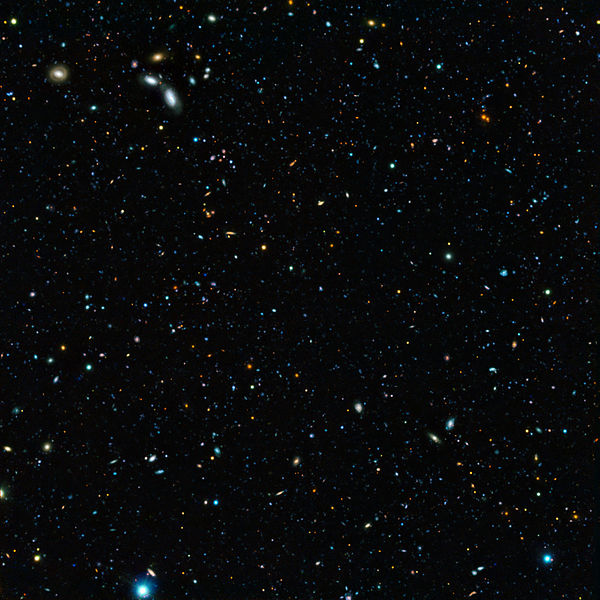The Infrared Astronomical Satellite (IRAS) was the first space telescope to perform a survey of the entire night sky at infrared wavelengths. Launched on 25 January 1983, its mission lasted ten months. The telescope was a joint project of the United States (NASA), the Netherlands (NIVR), and the United Kingdom (SERC). Over 250,000 infrared sources were observed at 12, 25, 60, and 100 micrometer wavelengths.
Infrared Astronomical Satellite in space simulator at JPL
Launch of IRAS in 1983
False color image of comet IRAS–Araki–Alcock by IRAS
Infrared all-sky survey by IRAS
An astronomical survey is a general map or image of a region of the sky that lacks a specific observational target. Alternatively, an astronomical survey may comprise a set of images, spectra, or other observations of objects that share a common type or feature. Surveys are often restricted to one band of the electromagnetic spectrum due to instrumental limitations, although multiwavelength surveys can be made by using multiple detectors, each sensitive to a different bandwidth.
Composite image of the GOODS-South field, result of a deep survey using two of the four giant 8.2-metre telescopes composing ESO's Very Large Telescope
Gamma-ray pulsars detected by the Fermi Gamma-ray Space Telescope
Spectrum of types of observations of Solar System objects.
The positions in space of just some of the galaxies identified by the VIPERS survey (see Visible Multi Object Spectrograph).








